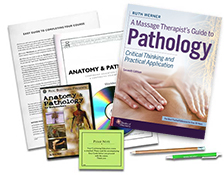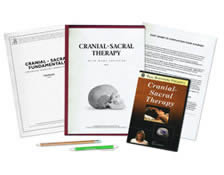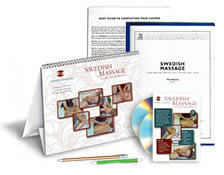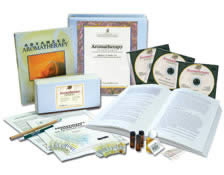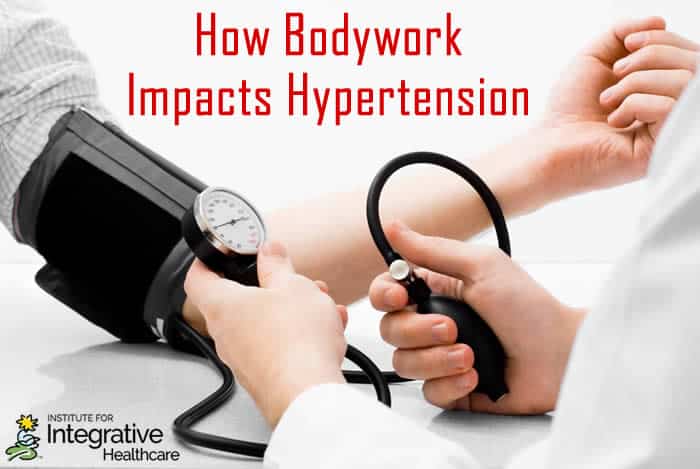

 Want to earn continuing education credit for this article? Learn more.
Want to earn continuing education credit for this article? Learn more.
Because more than one third of all Americans have hypertension, massage therapists should have a plan of action when encountering clients with hypertension. Some practitioners automatically assume that the work they do will have an overall positive effect on cardiovascular health. However, this is not always the case. Because some techniques with a specific therapeutic application can cause blood pressure to temporarily rise, massage therapists must be cognizant to avoid these approaches on hypertensive clients.
About Hypertension
Otherwise known as high blood pressure, hypertension affects an estimated 103 million Americans. Blood pressure is the force of the blood pushing against the walls of your blood vessels. High blood pressure is when this pressure is consistently too high.
A blood pressure reading is composed of two numbers:
- Systolic – Better known as the top number of a blood pressure reading, the systolic pressure describes the maximum pressure that occurs with each contraction of the heart.
- Diastolic – Also known as the bottom number of a blood pressure reading, the diastolic pressure describes the lowest pressure that occurs when the heart rests in between beats.
While it was generally understood that hypertension was considered to be an average systolic blood pressure above 140 mmHg, an average diastolic blood pressure above 90 mmHg, or both, recent guidelines published by the American College of Cardiology point to the stages of hypertension defined below.
| Blood Pressure Category |
Systolic Blood Pressure |
Diastolic Blood Pressure |
|
| Normal | < 120 mmHg | and | < 80 mmHg |
| Elevated | 120-129 mmHg | and | < 80 mmHg |
| Hypertension: Stage 1 | 130-139 mmHg | or | 80-89 mmHg |
| Hypertension: Stage 2 | ≥ 140 mmHg | or | ≥ 90 mmHg |
While hypertension alone does not have many symptoms, it dramatically increases the risk of heart disease and stroke—the first and fifth most common causes of death among Americans.
Types and Causes of Hypertension
There are many contributing causes of high blood pressure. There are two major types of hypertension: primary (or essential) and secondary.
Primary hypertension is high blood pressure that has no specific identifiable cause and usually develops gradually over many years. It is suspected that primary hypertension may be caused by a combination of both genetic predisposition and environmental factors. Environmental factors that may contribute include:
- Low nitric oxide levels (a naturally occurring agent responsible for the dilation of blood vessels)
- High dietary sodium
- Insulin resistance
- Obesity
- Chronic mental stress
- Low physical activity
- High alcohol use
- Low dietary potassium, calcium, and magnesium
Secondary hypertension is high blood pressure caused by another medical condition that was present first. This type of high blood pressure tends to appear suddenly. Medical conditions and medications that can lead to secondary hypertension include:
- Kidney disorders
- Certain congenital heart defects
- Cocaine and amphetamine use
- Certain OTC and prescription medications including birth control pills, cold remedies and decongestants, as well as pain relievers
- Pregnancy-induced hypertension
- Obstructive sleep apnea
Massage Can Help Reduce Blood Pressure
Lifestyle modifications are a critical component to lowering blood pressure, and are always indicated regardless of the need for prescription medication. In addition to regular exercise, maintaining a desirable weight, reducing sodium intake, increasing fruit and vegetable consumption, stopping smoking and minimizing alcohol, massage therapy is a valuable complementary therapy for reducing high blood pressure.
Interestingly, researchers have found that some modalities are effective at reducing the pressure inside the arteries’ walls, while others increase that pressure. The techniques regarded as good blood pressure reducers include:
- Swedish Massage – Published in the January 2006 edition of The Journal of Alternative and Complementary Medicine, researchers looked at the effects of different types of massage on blood pressure. They found that Swedish massage had the greatest effect on blood pressure reduction.
- Craniosacral Therapy – While not confirmed in a randomized study, advocates of craniosacral therapy tout its ability to lower blood pressure. According to the London-based integrated medical physician Dr. Andrew Logan, advanced craniosacral therapy can ease hypertension by relaxing the subclavian and femoral arteries.
- Aromatherapy – A study published in a Korean medical journal in December 2006 evaluated the effects of an aromatherapy blend on blood pressure. The researchers found that inhaling blends of lavender, ylang ylang, and bergamot once daily for four weeks reduced the blood pressure of those with hypertension. Additionally, a 2007 study from the International Journal of Neuroscience, women were given aromatherapy massage using lavender, rose, geranium, and jasmine for 30 minutes, once weekly, for two 8-week periods along with self abdominal daily massage at home. The study suggests that aromatherapy massage may exert positive effects on blood pressure as it produced significant differences between pre and post-treatment levels of systolic blood pressure.
- Deep Tissue – In a 2008 issue of the Journal of Alternative and Complementary Medicine, 263 volunteers received deep tissue massage for 45 to 60 minutes while listening to soothing music. While the study concludes that additional research is warranted, the results presented both systolic and diastolic pressure reduction.
Raising Blood Pressure
There are many ways to raise blood pressure including being stressed out, drinking lots of caffeine, taking pseudoephedrine or steroids, or receiving a painful type of bodywork. The study that found Swedish massage to be most effective at lowering blood pressure also found that certain modalities increased blood pressure. More specifically, the researchers determined trigger point therapy and sports massage were both capable of increasing someone’s systolic blood pressure. Recipients who received both types of massage within one session had both their systolic and diastolic blood pressure readings significantly increased. Since the conclusion was made that potentially painful massage techniques can result in a blood pressure increase, practitioners can assume that other aggressive therapies such as friction massage or Rolfing have the potential to exacerbate hypertension.
The goal in treating hypertension is to reduce the risk of serious complications including heart disease and stroke. Although massage therapy is not a standalone treatment for high blood pressure, choosing the right bodywork modality can help reduce hypertension’s associated risks.
Avoid techniques that could be painful for clients with high blood pressure. Instead, rely on Swedish massage, craniosacral therapy, deep tissue massage, and aromatherapy to give your clients’ blood vessels a respite from the pathological pressure they routinely endure.
Editor’s Note: For more information about massage safety with hypertension, read Hypertension: Massage Indication or Contraindication?
Earn continuing education credit for this article contained in our Hypertension, Cholesterol & Massage series. Click here to enroll.
More Information:
Hypertension / High Blood Pressure: Description and Massage Precautions

